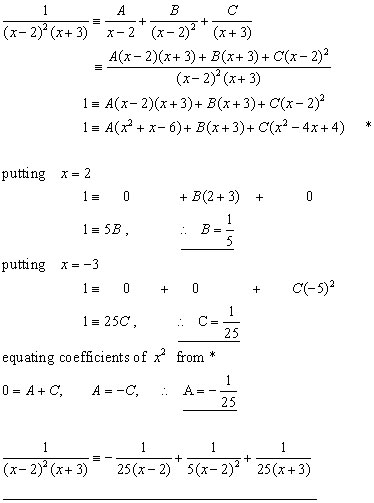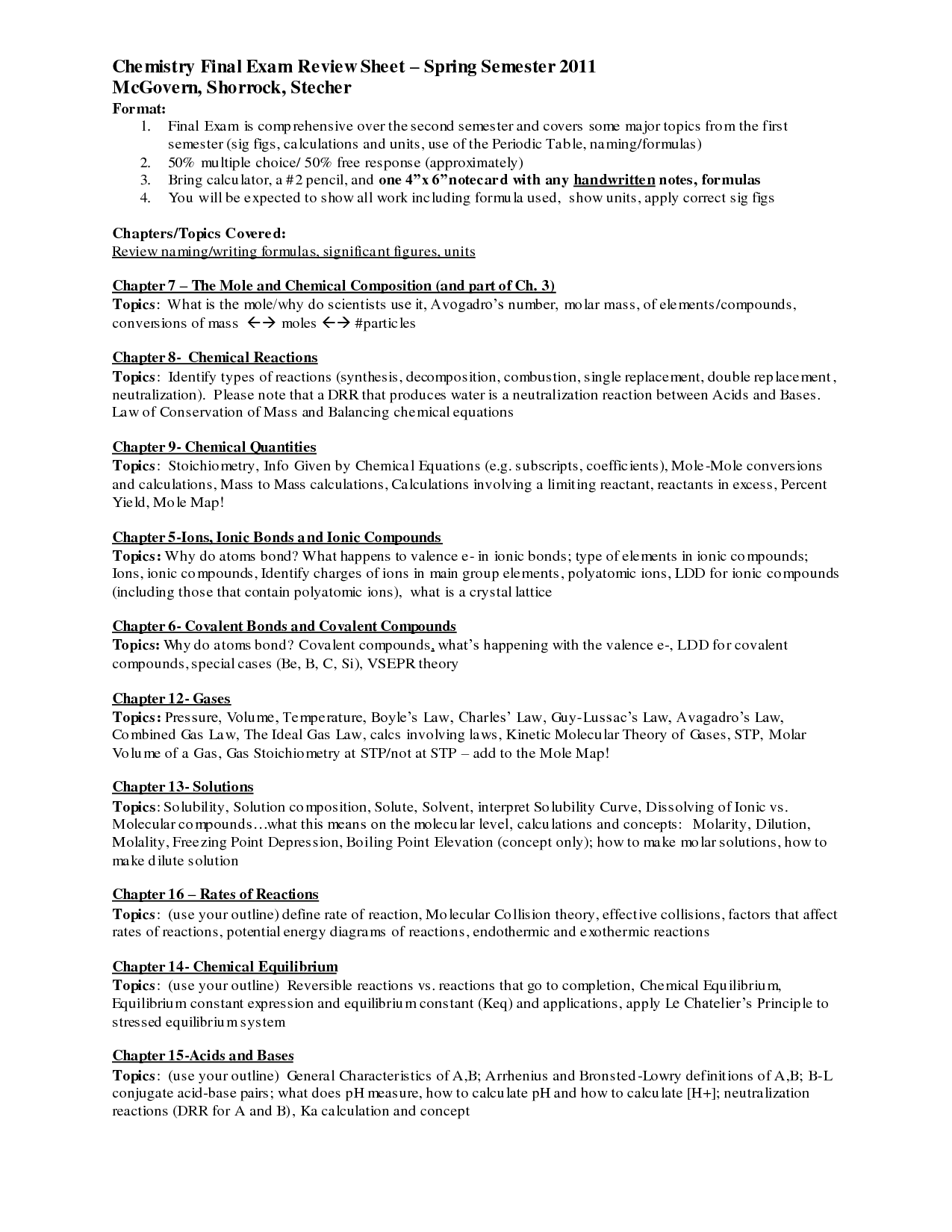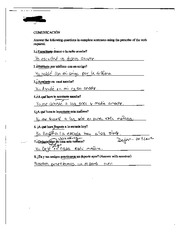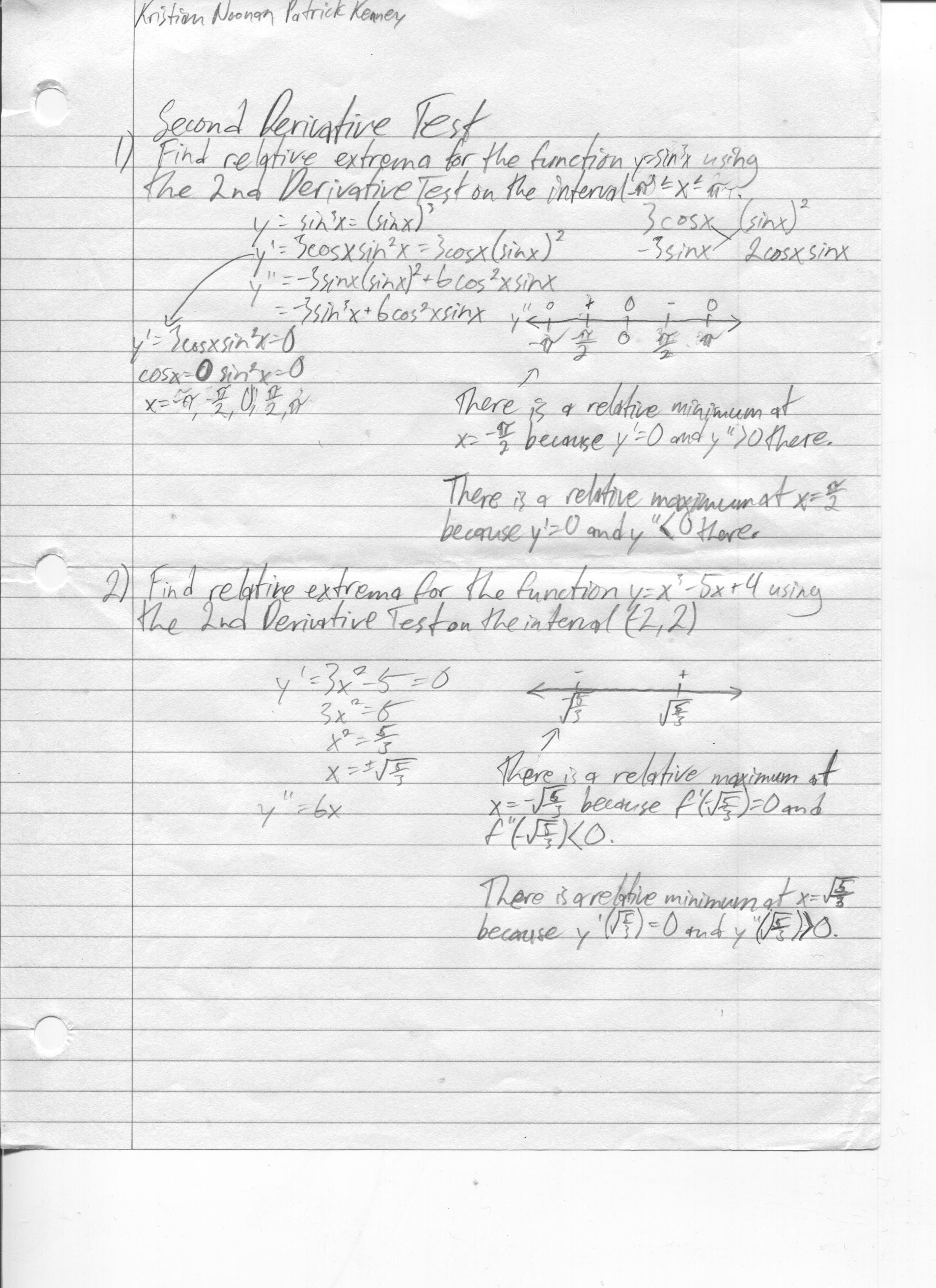Chain Rule Worksheet
The chain rule is an essential concept in calculus that allows us to differentiate composite functions. If you are a calculus student looking to strengthen your understanding of this topic, you've come to the right place! In this blog post, we will provide you with a collection of engaging and comprehensive chain rule worksheets that will help you practice and master this important concept.
Table of Images 👆
More Other Worksheets
Kindergarten Worksheet My RoomSpanish Verb Worksheets
Cooking Vocabulary Worksheet
DNA Code Worksheet
Meiosis Worksheet Answer Key
Art Handouts and Worksheets
7 Elements of Art Worksheets
All Amendment Worksheet
Symmetry Art Worksheets
Daily Meal Planning Worksheet
What is the Chain Rule used for?
The Chain Rule is used in calculus to find the derivative of a composite function, where one function is nested within another. It allows us to differentiate complex functions by breaking them down into simpler components and applying the derivatives of those components. Essentially, the Chain Rule helps us find the rate at which the dependent variable changes with respect to the independent variable in a layered function.
How does the Chain Rule help in differentiating composite functions?
The Chain Rule is used in differentiating composite functions by allowing us to find the derivative of a composition of two functions. It states that the derivative of a function composed with another function is equal to the derivative of the outer function multiplied by the derivative of the inner function. In essence, it helps us break down complex functions into simpler components and compute their derivatives more easily and accurately.
What is the formula for the Chain Rule?
The formula for the Chain Rule in calculus is d(f(g(x)))/dx = f'(g(x)) * g'(x), where f and g are functions, and f'(g(x)) and g'(x) represent the derivatives of these functions with respect to x.
How is the Chain Rule applied when there are multiple nested functions?
When there are multiple nested functions, the Chain Rule is applied by working from the outside function first and then moving inwards towards the innermost function. This involves taking the derivative of the outer function with respect to the inner function, and then multiplying it by the derivative of the inner function with respect to the variable of interest. This process is repeated for each nested function until the entire chain is accounted for, allowing us to find the overall derivative of the composition of functions.
Can the Chain Rule be used for any type of function?
Yes, the Chain Rule can be used for any type of function, including composite functions, trigonometric functions, exponential functions, and logarithmic functions. It is a fundamental rule in calculus that allows us to find the derivative of a composite function by breaking it down into simpler functions and applying the rule accordingly.
Does the Chain Rule always apply when finding derivatives?
Yes, the Chain Rule is a fundamental rule in calculus that allows you to find the derivative of composite functions. It is used to differentiate functions that are composed of one function inside another. The Chain Rule states that if you have a function within a function, you can find the derivative by taking the derivative of the outer function and multiplying it by the derivative of the inner function. So, the Chain Rule is essential for finding derivatives in cases where functions are nested within one another.
Can the Chain Rule be used for both single-variable and multivariable functions?
The Chain Rule can be used for both single-variable and multivariable functions. In the case of single-variable functions, the Chain Rule helps us differentiate compositions of functions. For multivariable functions, the Chain Rule extends to handle partial derivatives of compositions of functions with multiple variables, enabling us to compute gradients and directional derivatives efficiently.
How does the Chain Rule help in finding the derivatives of trigonometric functions?
The Chain Rule is helpful in finding derivatives of trigonometric functions because it allows us to differentiate compositions of functions. When a trigonometric function is embedded within another function, like in cases of sin(x^2) or cos(3x), the Chain Rule enables us to break down the differentiation process step by step, making it easier to find the derivative of the entire expression by iteratively applying the rule. This method helps simplify complex trigonometric expressions and makes it more manageable to find their derivatives accurately and efficiently.
What is the role of the Chain Rule in implicit differentiation?
The Chain Rule in implicit differentiation is used to find the derivative of a function that is expressed as an implicit equation, where the dependent and independent variables are not explicitly isolated. By applying the Chain Rule, we can differentiate the composite functions within the implicit equation, allowing us to find the derivative of the overall function and determine the rate of change at any given point.
Are there any common mistakes or pitfalls to watch out for when applying the Chain Rule?
One common mistake to watch out for when applying the Chain Rule is forgetting to multiply by the derivative of the inner function. It's crucial to remember that the chain rule states the derivative of the composition of two functions is the derivative of the outer function evaluated at the inner function, multiplied by the derivative of the inner function. Not applying this correctly can lead to incorrect results. Additionally, it's important to carefully identify the inner and outer functions to ensure the chain rule is applied correctly.
Have something to share?
Who is Worksheeto?
At Worksheeto, we are committed to delivering an extensive and varied portfolio of superior quality worksheets, designed to address the educational demands of students, educators, and parents.




























Comments